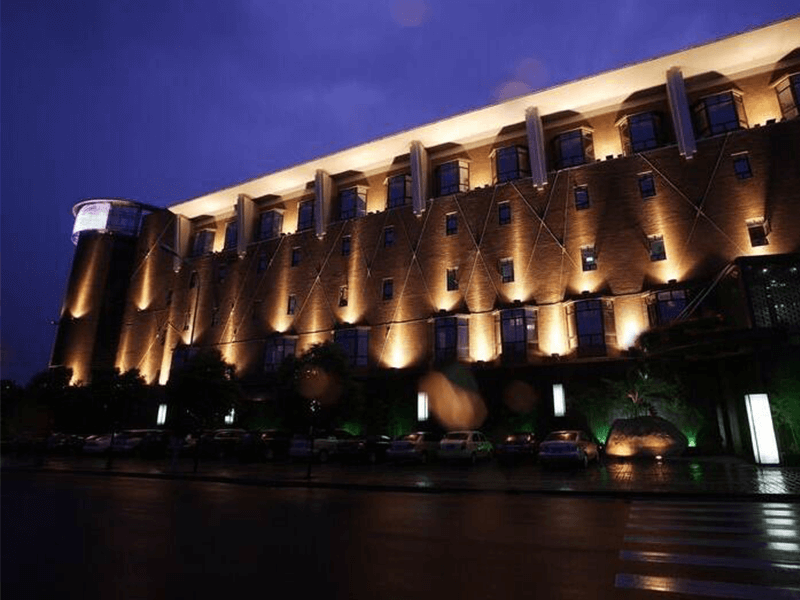Asymmetric lighting, renowned for its precision in directing light toward specific areas while minimizing spillage, finds widespread utility across various domains. Its adaptability and effectiveness make it a preferred choice for numerous lighting applications. Here are some common uses and applications of asymmetric lighting:
1. Accent Lighting: Asymmetric lighting accentuates architectural features, artwork, or focal points within a space. Directing light precisely onto the desired object or area enhances visual interest and draws attention to critical elements.
2. Retail Display: In retail environments, asymmetric lighting is extensively utilized to illuminate merchandise displays and highlight product features. It creates dynamic lighting effects that enhance the presentation of products, attract customers’ attention, and stimulate interest in showcased items.
3. Task Lighting: Asymmetric lighting is indispensable in task-oriented environments such as offices, laboratories, and workshops. Directing light toward work surfaces or specific tasks ensures optimal visibility, minimizes shadows, and enhances productivity.
4. Outdoor Architectural Lighting: Asymmetric lighting is commonly employed to accentuate architectural facades, sculptures, and landscaping features in outdoor settings. It helps to create dramatic lighting effects, emphasize texture and dimensionality, and enhance the aesthetic appeal of exterior spaces.
5. Signage Illumination: Asymmetric lighting is often used to illuminate signage and directional indicators in commercial and public spaces. Focusing light onto signage surfaces enhances visibility, readability, and brand recognition, especially at night.
6. Museum and Gallery Lighting: Asymmetric lighting is employed in museums, art galleries, and exhibition spaces to highlight artworks, artifacts, and exhibits while minimizing glare and preserving the integrity of delicate materials. It allows curators to create customized lighting schemes that enhance the visual impact of displayed items.
7. Architectural Features: Asymmetric lighting accentuates architectural elements such as columns, arches, and alcoves, adding depth and dimension to interior spaces. It helps to create focal points, define spatial boundaries, and enhance the overall ambiance of architectural environments.
